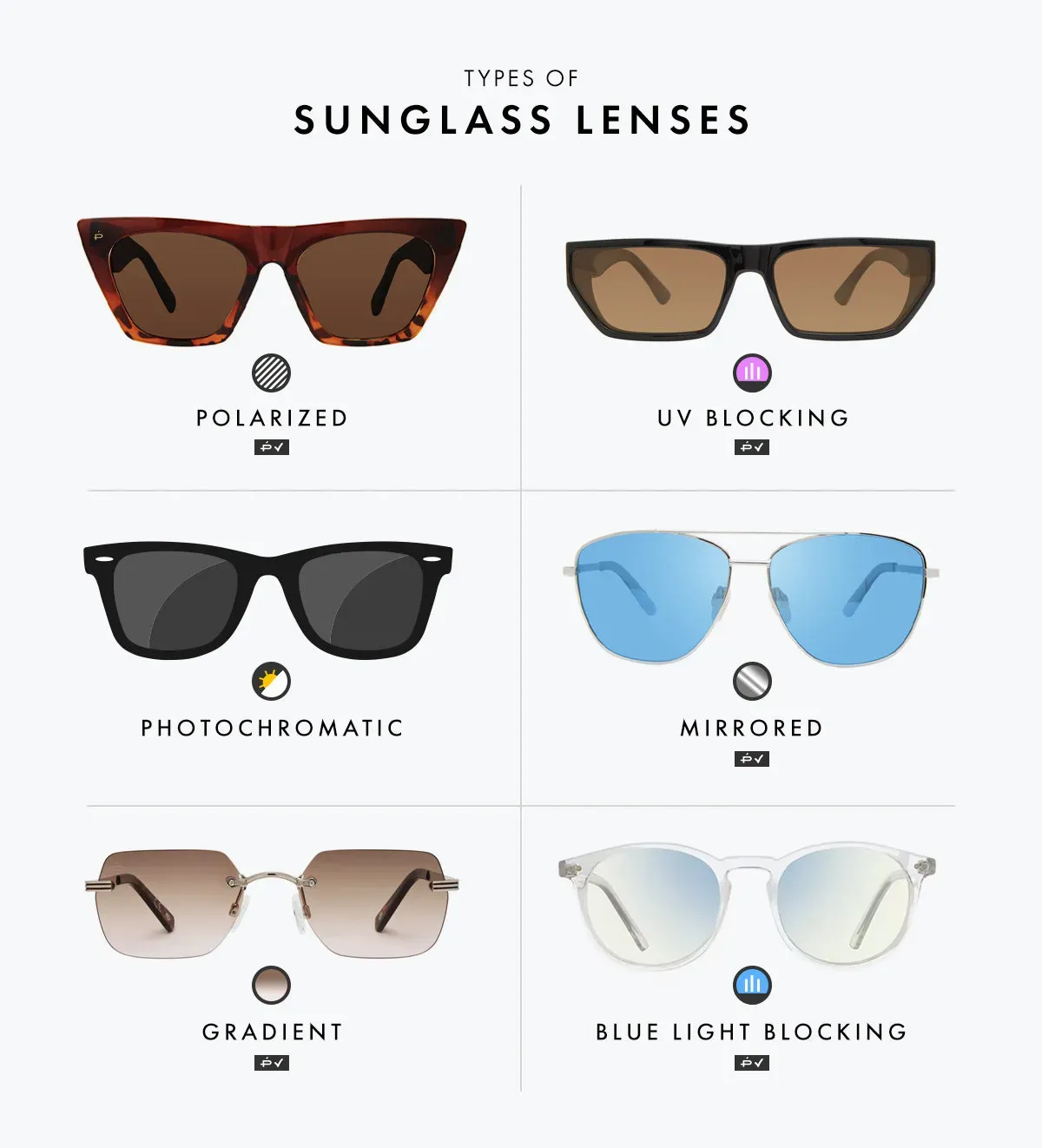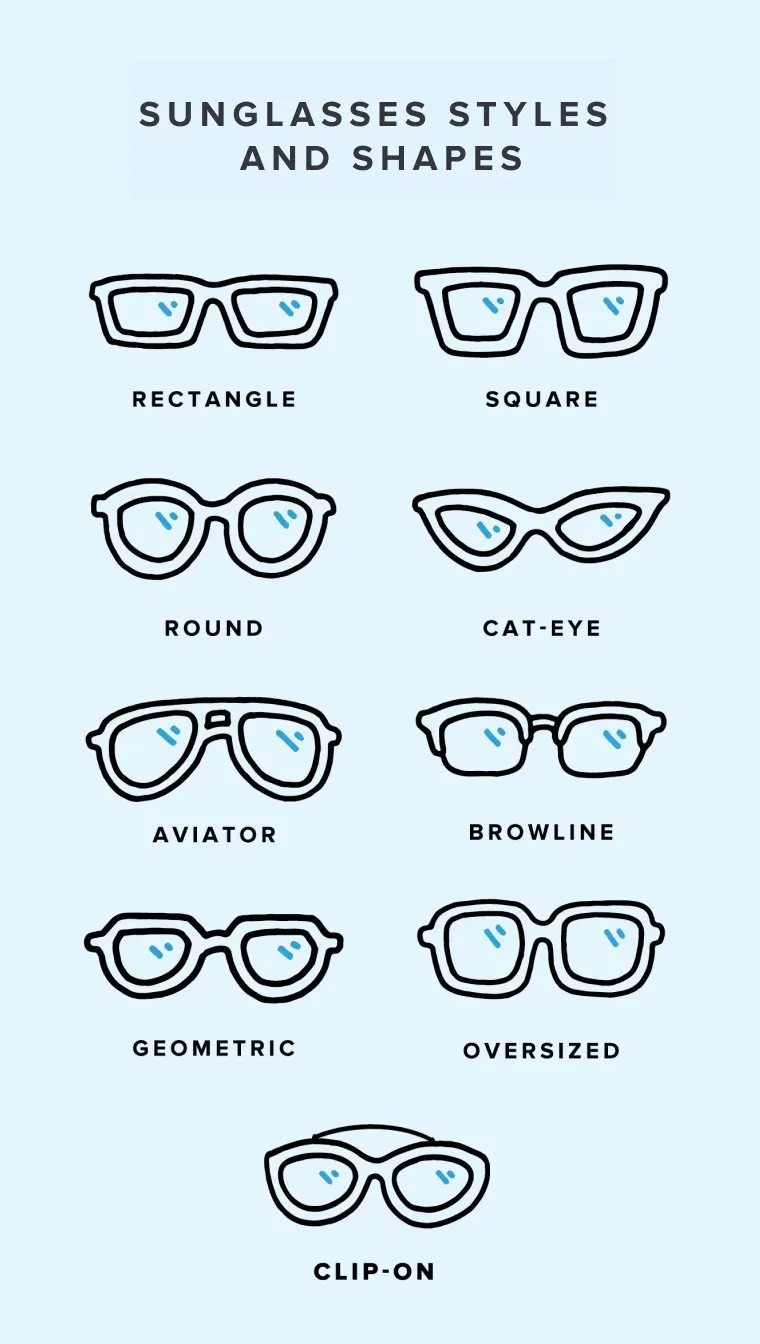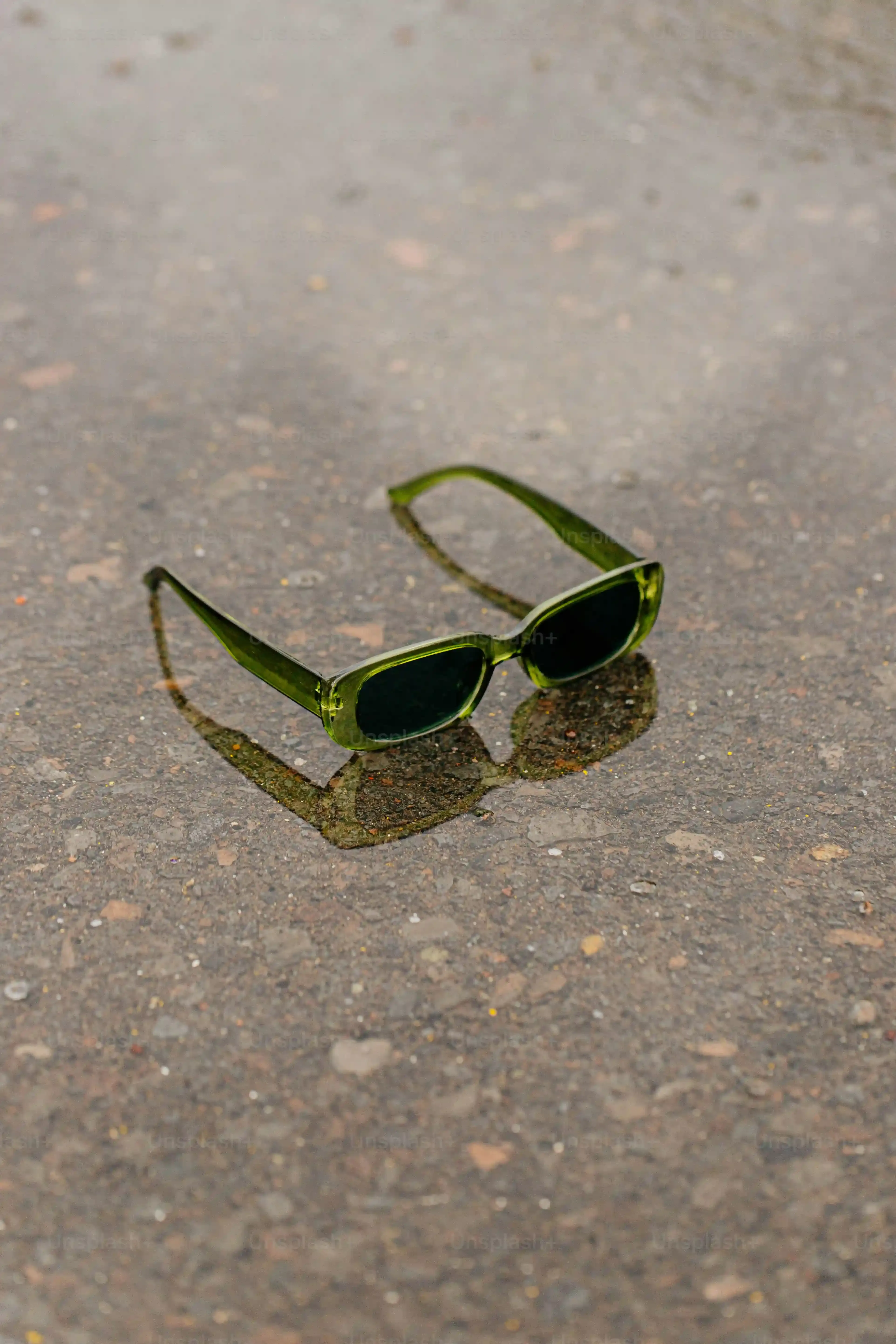Table of Contents
Let's be honest, sunglasses aren't just about blocking the sun. They're a statement. The right pair can elevate your look, while the wrong ones? Well, let's just say they can make you look like you borrowed them from a clown car. But what really makes a pair of sunglasses click, beyond the tint of the lenses? It’s often down to the sunglass frames. These aren't just bits of material holding glass to your face; they dictate comfort, durability, and ultimately, your personal style. Picking the perfect set of sunglass frames can feel like navigating a maze of options.
Understanding Different Sunglass Frame Materials
Understanding Different Sunglass Frame Materials
Why Material Matters for Your Sunglass Frames
so you're looking at sunglasses, right? And your eyes probably jump to the lenses first – are they dark enough? Polarized? Cool color? But honestly, the frame material is where the rubber meets the road. It’s the foundation. Think about it: the material affects how the glasses feel on your face, how long they last, and even how they look after a few drops. You can have the fanciest lenses on the planet, but if the frame feels like it's going to snap when you sneeze, what's the point? Different materials offer different vibes and different levels of durability. It's not just about aesthetics; it's about practicality and longevity for your sunglass frames.
Exploring Common Frame Options
So, what are your options when it comes to sunglass frame materials? Most folks immediately think of plastic, and yeah, that covers a lot of ground. You've got your basic injected plastics, which are super common and can be really affordable. Then there's acetate, which is a higher-quality plastic. It feels richer, has deeper colors often layered together, and you can bend it a bit for a better fit. Metal is another big player – think classic aviators. Metals like monel, titanium, or stainless steel offer strength and can be thinner, giving a sleeker look. They can be lighter too, which is a big plus if you wear them all day. Each material has its quirks, its pros and cons, which totally changes the game for your sunglass frames.
Material | Pros | Cons | Common Styles |
|---|---|---|---|
Acetate | Rich colors, durable, adjustable | Can be more expensive than basic plastic | Bold, retro, classic shapes |
Injected Plastic | Affordable, lightweight, wide color range | Less durable, less adjustable | Sporty, casual, trendy |
Metal (e.g., Monel, Titanium) | Strong, lightweight (titanium), sleek profile | Can corrode (monel), less color variety than plastic | Aviator, round metal, minimalist |
Wood/Bamboo | Unique look, eco-friendly options | Less adjustable, can be bulky | Bohemian, natural, distinct |
Finding the Right Sunglass Frames for Your Face Shape
Finding the Right Sunglass Frames for Your Face Shape
Finding the Right Sunglass Frames for Your Face Shape
Alright, let’s talk face shapes. This is where things get a little less about the material and more about geometry. You might love those oversized square frames you saw on that celebrity, but put them on your own face and suddenly you look like a bug. No offense to bugs, but that's probably not the look you're going for. Finding the right sunglass frames that flatter your unique face shape is key to looking good and feeling confident in your shades. It's less about following trends blindly and more about creating balance and harmony. Think of it like finding the right haircut; some styles just work better with certain features. Knowing your face shape is the first step to unlocking a world of frames that actually enhance your look instead of hiding it.
Styles of Sunglass Frames: From Aviator to Wayfarer
Styles of Sunglass Frames: From Aviator to Wayfarer
Beyond Basic Shapes: The Icons of Sunglass Frames
so you've figured out your face shape and maybe you're leaning towards acetate or metal for your sunglass frames. Great. Now comes the fun part, and frankly, the overwhelming part for many: the actual style. It's not just about round or square anymore. We're talking about frames that have become cultural icons, pieces of history you wear on your face. Think about it – certain frame styles conjure immediate images, whether it's a movie star, a musician, or just that effortlessly cool person you saw walking down the street. These styles didn't become famous by accident; they hit a sweet spot between design, function, and sheer attitude. Choosing one of these isn't just picking a frame; it's tapping into a legacy, a specific vibe.
The Enduring Appeal of Aviator Sunglass Frames
Let's kick off with the Aviator. Seriously, is there any frame style more universally recognized? Developed for pilots in the 1930s to protect their eyes at high altitudes, the teardrop shape and thin metal frame are instantly classic. They scream cool, a little rebellious, and definitely capable. From military heroes to Hollywood heartthrobs, Aviators have graced countless famous faces. They work on a surprising number of face shapes, softening sharp angles and adding a touch of effortless cool to rounder faces. You see someone in Aviators, and you just know they mean business, even if they're just heading to the beach. They are, perhaps, the definitive example of how sunglass frames can define a look.
So, what are some of the heavy hitters in the world of sunglass styles?
- Aviator: Classic metal, teardrop lens, double or triple bridge. Timeless.
- Wayfarer: Bold, trapezoidal plastic frame. A symbol of mid-century cool that never really left.
- Clubmaster: Half-frame style with a bolder browline and thinner metal lower rim. Smart and retro.
- Round: Exactly what it sounds like. Can be minimalist metal or chunkier plastic. Think artistic or vintage.
- Square/Rectangular: Sharp angles, often wider than they are tall. Modern, bold, can add definition.
- Cat-Eye: Upswept outer edges, feminine and often vintage-inspired. Playful and stylish.
Wayfarers: From Rebel Cool to Mainstream Must-Have
Then you have the Wayfarer. If Aviators are about altitude, Wayfarers are about attitude. Introduced in the 1950s, their thick plastic frames and distinctive trapezoidal lens shape were a radical departure from the metal frames of the time. They became synonymous with rebellion and youth culture, thanks in part to appearances in iconic films. While they had moments of dipping in popularity, they always seem to bounce back, proving their staying power. They offer a bolder statement than the subtle Aviator and work particularly well on round or oval faces, adding structure. Picking between these two giants of sunglass frames often comes down to the specific look and feel you're trying to project.
Maintaining Your Sunglass Frames: Tips for Longevity
Maintaining Your Sunglass Frames: Tips for Longevity
Simple Steps to Keep Your Frames Looking Fresh
so you’ve found the perfect pair of sunglass frames. Maybe they're sleek metal aviators or chunky acetate Wayfarers that fit your face like a glove. The worst thing you can do now is treat them like disposable coffee cups. Dust, sweat, sunscreen, saltwater – they all take a toll. Ignoring basic cleaning is a surefire way to make those beautiful frames look dull and feel grimy fast. A little routine care goes a long way in preserving the finish and the fit. We're not talking about a deep-clean ritual here, just some simple habits.
Think about it: you wouldn't leave dirt on your car paint forever, right? Your sunglass frames deserve similar consideration. Getting into the habit of wiping them down isn't just about hygiene; it prevents buildup that can actually damage the material over time. Especially if you're active or live near the coast, salt and sweat are corrosive. A quick rinse and a gentle wipe are your best friends here. It takes seconds, but it adds years to the life of your favorite shades. You can even find cleaning kits specifically designed for eyewear at places like sunglasshub.org, which can be a smart investment.
Protecting Your Investment: Storage and Handling
Beyond cleaning, how you handle and store your sunglass frames is critical. Shoving them lens-down on a table or tossing them unprotected into a bag is basically asking for scratches and bent frames. That hard case that came with them? Use it. It’s not just packaging; it’s a shield against the chaos of your backpack or purse. Extreme temperatures are another silent killer. Leaving your sunglasses on the dashboard of a hot car in the summer is a terrible idea, especially for plastic frames which can warp. Metal frames aren't immune either; heat can affect coatings and hinges.
Be mindful of how you take them on and off. Always use both hands. Pulling them off one-handed repeatedly puts uneven stress on the hinges and can twist the frames out of shape. It might seem like a minor thing, but consistent bad habits add up. Treating your frames with a little respect ensures they maintain their structure and stay comfortable. After all, well-maintained frames not only look better, but they also hold the lenses correctly, which is kind of the whole point of wearing sunglasses in the first place.
Ever wonder what happens when you just toss your sunglasses around?
- Scratched lenses (the most obvious one).
- Bent or warped frames, affecting the fit.
- Loose or damaged screws in the hinges.
- Dull or corroded frame finish.
- Reduced overall lifespan of the sunglasses.
Finding Your Frame Finish Line
So, we've navigated the jungle of plastics, metals, and even wood, matched shapes to cheekbones (or lack thereof), and strolled through the halls of iconic styles from aviators to those tiny, questionable ones. You've also got the lowdown on keeping your beloved sunglass frames from falling apart after a single season. It's clear that picking the right frames isn't just a snap decision; it's a mix of knowing the basics, understanding your own face, and trusting your gut (and maybe a mirror). Don't settle for frames that pinch your nose or slide down constantly. Armed with this knowledge, you're ready to step out and find frames that feel good, look great, and actually last. Go forth and frame your view wisely.
